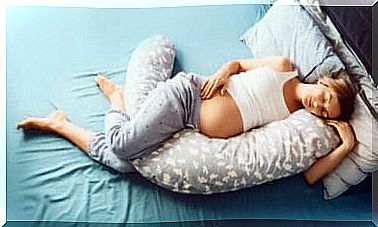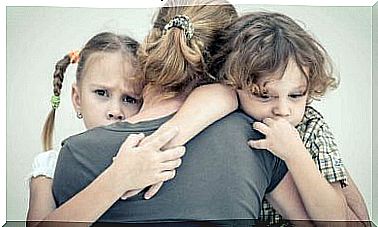When Should Kids Stop Taking Naps?

Parents often wonder when children should stop taking naps. It is important to remember that this varies from child to child. It also depends on their age and their daily activities.
Babies generally take between 5 and 6 naps a day after they turn 1. Between 15 and 18 months, they will take two short naps. However, it’s also possible that by the time they’re two, they don’t want to take afternoon naps.
However, the average age to stop taking afternoon naps is between 3 and 4 years old. As we mentioned, every child has different napping needs. This also depends on the quality and quantity of the night’s sleep.
Keep in mind that children need between 12 and 14 hours of sleep every day. When children sleep less, either to go to daycare or because they are already in school, it is a good idea to take a short nap after lunch. It is a good time to get some energy back.
Multiple Benefits of Naps for Kids
What are some of the benefits children get from sleeping a few hours a day? Here are the main ones:
- Improves memory.
- Optimizes psychological and social performance.
- Stimulates imagination and creativity.
- Improves school performance.
- Reduces irritability.
- Increases concentration.
- Stimulates growth.
Signs it’s time to stop napping

How do you know when kids are ready to stop napping? These behaviors can be clear signs:
- It’s hard for them to fall asleep when it’s time for a nap. In general, they don’t seem tired. This is the classic sign that your kids may be starting the transition to stop napping.
- It takes a long time for them to fall asleep when it’s bedtime.
- They skip their afternoon nap and have no side effects. They are not irritable, do not seem tired and have no problems sleeping at night. This is an undeniable sign that they no longer need an afternoon nap.
Tips for coping with the transition from taking naps
As your child gets older, he can stay awake longer as he can wake up more easily. Sometimes young children have trouble sleeping at night. By eliminating the afternoon nap, parents will help them sleep better at night.
The transition from nap to no nap doesn’t have to be complicated or difficult. That said, there are no definitive rules about how long babies should nap. This varies from child to child and depends on their age. It even depends on how active your child is during the day.
Some babies may stop napping when they are 1 and almost never need an afternoon nap. Others can make the transition more gradual. School-age children usually do not nap , that is, if they sleep for at least 12 hours continuously.
You don’t have to force naps

You should not insist that your children nap. If they don’t want to, even if you think they need to, don’t let them sleep. Of course, this is true as long as your kids aren’t irritable and have no trouble sleeping at night.
You only need to worry if your kids have some of these symptoms. They:
- Wake up with a headache.
- Have a hard time waking up in the morning.
- Seem tired during the day.
- Have severe concentration problems.
So it’s important to remember to make this transition as gradual as possible. Also, always consider the specific needs of your children. In this way, the change does not affect their health and well-being.









